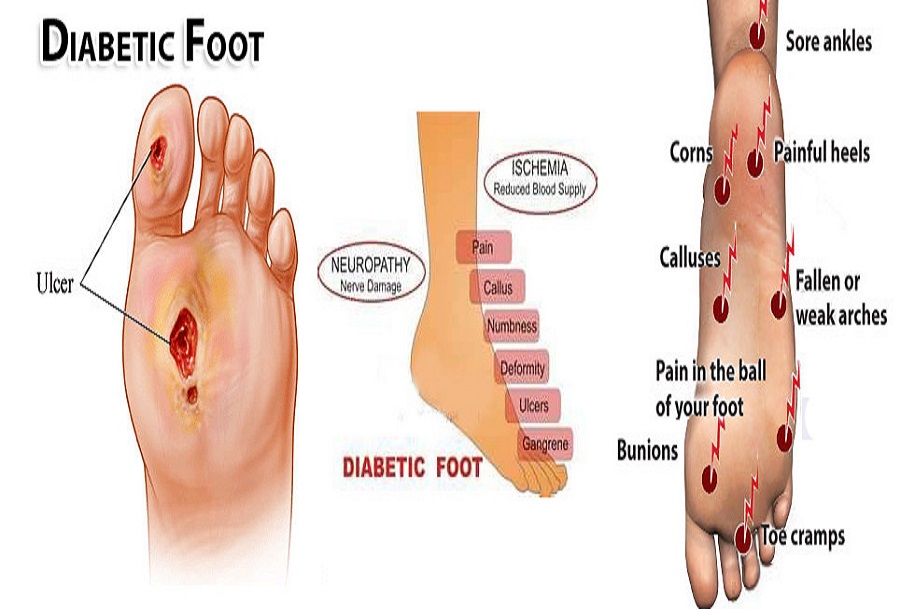For people with diabetes, having too much glucose (sugar) in their blood for a long time can cause some serious complications, including foot and skin problems, as well as heart disease, stroke, kidney disease, eye damage, and other problems.
Vascular Emergencies - 24*7
Consultation with prior appointment
8, Tilaknagar Society, Opp Welcome Hotel, Near Vadaj Circle, Ahmedabad 380013


